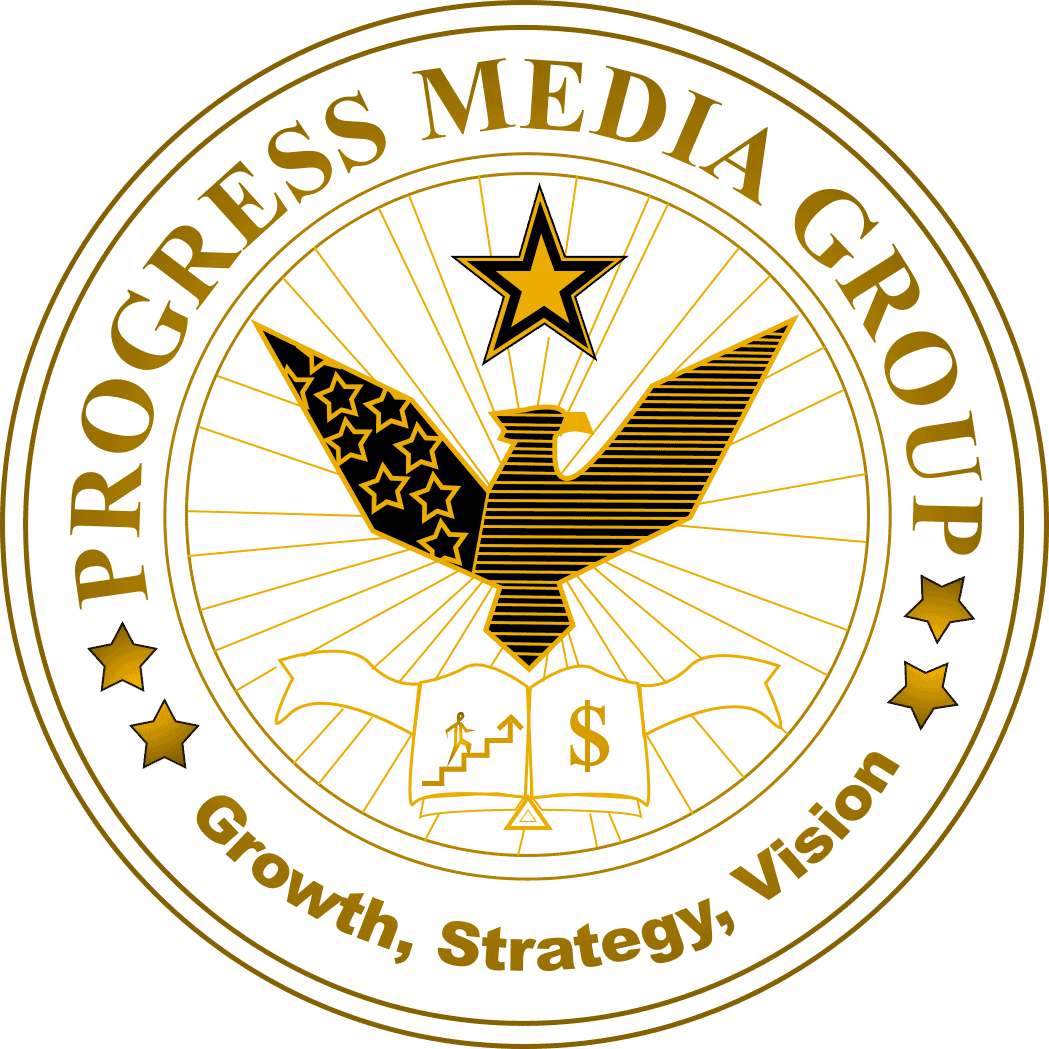The Ultimate Guide to Mastering Content Planning Like a Pro
Have you ever felt overwhelmed by the constant demands of creating and curating content for your business? Do you find yourself scrambling to come up with ideas, struggling to stay organized, and feeling like you’re always one step behind? If so, you’re not alone. In today’s fast-paced digital world, content planning has become a crucial skill for anyone looking to establish a strong online presence. Welcome to “The Ultimate Guide to Mastering Content Planning Like a Pro,” where we will explore the ins and outs of this essential strategy. Whether you’re a seasoned marketer or just starting out, this comprehensive guide will equip you with the tools and knowledge you need to take your content planning to the next level. In this blog post, we will delve into the importance of content planning and how it can revolutionize the way you create and distribute content for your brand. We will uncover the secrets behind effective content planning techniques, revealing the tried-and-true strategies employed by successful content creators. From developing a content calendar to conducting thorough research, you will learn how to streamline your content creation process and maximize your productivity. But before we dive into the nitty-gritty, let’s take a moment to understand why content planning is so crucial in today’s digital landscape. With the rise of social media, blogs, and other online platforms, businesses are constantly vying for their audience’s attention. Without a solid plan in place, it’s easy to get lost in the noise and fail to make an impact. That’s where content planning comes in – it allows you to strategize, organize, and execute your content in a way that drives engagement and ultimately, converts leads into customers. So, whether you’re a solopreneur or part of a larger marketing team, mastering content planning is a skill that will undoubtedly set you apart from the competition. In the upcoming sections, we will unravel the step-by-step process of content planning, unveiling expert tips and tricks along the way. Get ready to take control of your content strategy and unlock the full potential of your brand. Let’s dive in!
The Importance of Content Planning in the Digital Landscape
In today’s fast-paced digital world, content planning has become a crucial skill for anyone looking to establish a strong online presence. With the rise of social media, blogs, and other online platforms, businesses are constantly vying for their audience’s attention. Without a solid plan in place, it’s easy to get lost in the noise and fail to make an impact. That’s where content planning comes in – it allows you to strategize, organize, and execute your content in a way that drives engagement and ultimately converts leads into customers.
Content planning is not just about randomly creating and publishing content. It involves careful consideration of your target audience, their needs and preferences, as well as your business goals. By taking the time to plan your content effectively, you can ensure that every piece you create aligns with your brand message and resonates with your audience.
One of the key benefits of content planning is that it helps you stay organized. Instead of scrambling for ideas at the last minute or feeling overwhelmed by an endless to-do list, having a well-thought-out plan allows you to work more efficiently. You can schedule posts in advance, allocate resources effectively, and ensure that each piece of content serves a specific purpose within your overall strategy.
Understanding Your Target Audience: The Key to Effective Content Planning
Before diving into creating content, it’s essential to have a deep understanding of your target audience. Knowing who they are, what they want, and how they consume information will inform every aspect of your content planning process.
Start by creating buyer personas – fictional representations of your ideal customers. Consider their demographics (age, gender, location), psychographics (interests, values), pain points (challenges they face), and motivations (what drives them). This information will help you tailor your content to their specific needs and preferences.
Additionally, conduct market research to gain insights into your target audience’s online behavior. Use tools like Google Analytics, social media analytics, and surveys to gather data on their browsing habits, preferred platforms, and the type of content they engage with the most. This data will guide your content creation decisions and ensure that you’re reaching your audience where they are.
Setting Clear Goals and Objectives for Your Content Strategy
Every successful content strategy starts with clear goals and objectives. Without a defined purpose, it’s challenging to measure the success of your efforts or make informed decisions about what content to create.
Begin by identifying what you want to achieve with your content. Are you looking to increase brand awareness? Drive website traffic? Generate leads? Nurture existing customers? Each goal will require a different approach and type of content.
Once you have established your goals, break them down into specific objectives that are measurable and time-bound. For example, if one of your goals is to increase website traffic, an objective could be to increase organic search traffic by 20% within six months. These objectives will serve as benchmarks for evaluating the effectiveness of your content strategy.
In addition to setting goals and objectives, it’s important to align them with your overall business objectives. Your content should support and contribute to the larger goals of your organization. By doing so, you can demonstrate the value of your content efforts in terms of revenue generation or customer satisfaction.
Developing a Comprehensive Content Calendar: Tips and Best Practices
A well-structured content calendar is a cornerstone of effective content planning. It allows you to visualize your upcoming content schedule, stay organized, and ensure a consistent flow of high-quality posts.
Start by choosing a calendar tool that works best for you. It could be a simple spreadsheet, a project management tool, or a dedicated content planning software. The key is to have a centralized location where you can track and manage your content.
Next, determine the frequency of your content publication. How often will you post? Will it be daily, weekly, or monthly? Consider your resources and capacity when deciding on the frequency.
Once you have established the frequency, brainstorm content ideas and assign them to specific dates on your calendar. Be sure to align each piece of content with your goals and objectives, as well as the preferences of your target audience.
In addition to planning individual pieces of content, consider overarching themes or campaigns that can tie your posts together. This will help create a cohesive narrative and reinforce your brand message.
Finally, don’t forget to leave room for flexibility in your content calendar. Things may change, new opportunities may arise, or you may need to adjust your strategy based on feedback or market trends. Having some flexibility built into your plan will allow you to adapt and optimize as needed.
Conducting In-Depth Research to Inform Your Content Creation
Research is an essential component of effective content planning. It provides valuable insights into what topics are relevant to your audience, what competitors are doing, and what gaps exist in the market that you can fill with your content.
Start by conducting keyword research using tools like Google Keyword Planner or SEMrush. Identify high-volume keywords related to your industry or niche that have relatively low competition. These keywords will serve as the foundation for creating SEO-friendly content that ranks well in search engine results.
In addition to keyword research, analyze competitor’s websites and social media profiles to see what type of content they are producing and how it is performing. Look for opportunities to differentiate yourself by offering unique perspectives or addressing topics that your competitors may have overlooked.
Finally, stay up to date with industry news and trends. Subscribe to relevant newsletters, follow thought leaders on social media, and join online communities where discussions related to your industry take place. This will help you identify emerging topics or changes in consumer behavior that can inform your content creation strategy.
Crafting Engaging and Relevant Content: Strategies and Techniques
Creating engaging and relevant content is the key to capturing your audience’s attention and keeping them coming back for more. Here are some strategies and techniques to help you craft compelling content:
1. Know your audience: Use the insights gained from your target audience research to create content that speaks directly to their needs, interests, and pain points.
2. Tell stories: Humans are wired for storytelling. Use narratives, case studies, or personal anecdotes to make your content more relatable and memorable.
3. Use visuals: Incorporate images, videos, infographics, or other visual elements into your content to enhance its appeal and make complex concepts easier to understand.
4. Provide value: Your content should offer practical tips, actionable advice, or valuable insights that readers can apply in their own lives or businesses.
5. Be authentic: Showcasing your brand’s personality and values will help you connect with your audience on a deeper level. Don’t be afraid to inject humor or share personal stories when appropriate.
6. Format for readability: Break up long paragraphs into shorter ones, use subheadings, bullet points, and numbered lists to make your content scannable and easy to digest.
7. Encourage interaction: Include calls-to-action that prompt readers to leave comments, share their opinions, or engage with your content in some way.
By implementing these strategies and techniques, you can create content that resonates with your audience and keeps them coming back for more.
Optimizing Your Content for SEO: Driving Organic Traffic to Your Website
No matter how great your content is, it won’t make an impact if it doesn’t reach your target audience. That’s where search engine optimization (SEO) comes in. By optimizing your content for relevant keywords and improving its visibility in search engine results, you can drive organic traffic to your website.
Start by incorporating the keywords you identified during your research into your content naturally. Avoid keyword stuffing or using irrelevant keywords that don’t align with the topic of your post.
In addition to keywords, optimize other on-page elements such as meta titles, meta descriptions, headings, and image alt tags. These elements provide additional context to search engines about the content of your page.
Ensure that your website has a user-friendly structure and loads quickly. Use descriptive URLs, organize content into categories or subfolders, and optimize images for faster loading times.
Finally, build high-quality backlinks to your content from reputable websites within your industry. This will signal to search engines that your content is valuable and authoritative.
Promoting and Distributing Your Content: Reaching Your Target Audience
Creating great content is only half the battle – you also need to promote it effectively to reach a wider audience. Here are some strategies for promoting and distributing your content:
Social media: Share links to your blog posts, videos, or other content on social media platforms where your target audience is most active. Use engaging captions, hashtags, and eye-catching visuals to grab their attention.
Email marketing: Build an email list of subscribers who are interested in your content. Send regular newsletters or updates that feature your latest blog posts or other valuable resources.
Influencer partnerships: Collaborate with influencers or thought leaders in your industry to co-create content or have them share your content with their audience.
Guest blogging: Write guest posts for other blogs or publications that cater to your target audience. Include a link back to your website within the post to drive traffic and increase brand visibility.
Online communities: Participate in relevant online communities such as forums, LinkedIn groups, or Facebook groups. Share valuable insights and resources while subtly promoting your own content when appropriate.
Repurposing content: Take existing blog posts and repurpose them into different formats such as videos, infographics, podcasts, or slideshows. This allows you to reach new audiences on different platforms.
Remember that promotion is an ongoing process. Don’t just share your content once and forget about it – continue to promote it periodically to maximize its reach and impact.
Analyzing and Measuring the Success of Your Content Strategy
To ensure the effectiveness of your content planning efforts, it’s crucial to regularly analyze and measure the success of your strategy. This will help you identify what’s working well and what needs improvement.
Start by defining key performance indicators (KPIs) that align with your goals and objectives. These could include metrics such as website traffic, engagement rate, conversion rate, social media followers, or email subscribers.
Use analytics tools like Google Analytics, social media analytics, or email marketing software to track and measure these KPIs. Set up regular reporting and analysis to monitor trends over time and identify areas for optimization.
Pay attention to the types of content that perform best in terms of engagement or conversion. Are there specific topics, formats, or platforms that consistently drive better results? Use this information to inform your future content planning decisions.
Don’t be afraid to experiment and iterate on your content strategy based on the insights you gather. Test different approaches, measure the results, and refine your strategy accordingly.
Conclusion: Elevating Your Content Planning Skills to Master Level
In conclusion, mastering content planning is essential for anyone looking to establish a strong online presence in today’s digital landscape. By understanding your target audience, setting clear goals, developing a comprehensive content calendar, conducting in-depth research, crafting engaging content, optimizing for SEO, promoting effectively, and analyzing success metrics – you can take your content planning skills to the next level.
Remember that effective content planning is an ongoing process that requires continuous learning and adaptation. Stay up-to-date with industry trends and best practices while always keeping your audience’s needs at the forefront of your strategy.
Now armed with “The Ultimate Guide to Mastering Content Planning Like a Pro,” you have all the tools and knowledge you need to revolutionize your content creation process. Start implementing these strategies today and watch as your brand’s online presence grows stronger than ever before!


